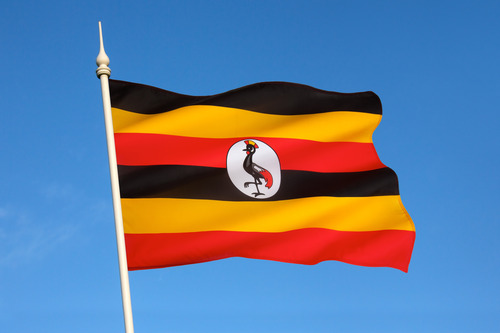Luganda Language - 242

Luganda is a Bantu language spoken primarily in Uganda, particularly in and around the capital city, Kampala. Here are some key points about the Luganda language:
Classification: Luganda belongs to the Bantu branch of the Niger-Congo language family. It is one of the major languages within the Bantu group and is spoken by the Baganda people.
Geographic Distribution: Luganda is mainly spoken in the central region of Uganda, with a concentration in the Buganda kingdom, which includes Kampala. It is the most widely spoken language in Uganda and serves as a lingua franca in the capital and surrounding areas.
Script: Luganda is typically written using the Latin alphabet. There is a standard orthography for Luganda, and educational materials and publications are available in the language.
Cultural Significance: Luganda is a vital aspect of the cultural identity of the Baganda people. It is used in various cultural expressions, including music, dance, folklore, and traditional ceremonies.
Multilingualism: While Luganda is the dominant language in the Buganda region, many speakers are also proficient in other languages, reflecting the linguistic diversity of Uganda. English is the official language and is used in formal and educational settings.
Urban Influence: Luganda has been influenced by urbanization, particularly in Kampala, where it has absorbed vocabulary and expressions from other languages due to the diverse population in the city.
Educational Role: Luganda is used as a medium of instruction in schools in the Buganda region. Bilingual education is common, and Luganda is taught alongside English.
Media and Literature: Luganda is used in various media, including radio, television, and newspapers. There is also a growing body of literature in Luganda, including novels, poetry, and educational materials.
Preservation Efforts: Efforts have been made to preserve and promote Luganda, including initiatives in education, cultural preservation, and the use of the language in official communications.
